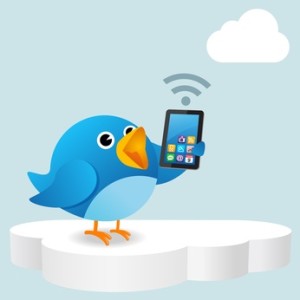
No one knows better than I do the perils of having an audience use Twitter. I’ve been writing and speaking on the problem of digital distractions for years. The verdict is in on multitasking – we can’t do it; whenever we try to do two things at once, both tasks suffer, especially when both tasks involve processing words. Yet the notion of using Twitter during meetings or educational events is not only appealing; it may turn out to be essential to communicating with younger audiences. If your audience will be playing with their iPhones anyway, why not let them talk about you instead of gossiping about someone else?
Texting at Religious Services?
A recent New York Times article caught my attention. It described a Miami Beach synagogue in which the Rabbi encouraged all the twenty-somethings attending Rosh Hashanah (New Years) services to text, with the texts scrolling visibly for all to see. First the audience texted the feelings they needed to let go of. Then they texted their regrets from the past year. (One person drew laughter by texting “I wish I’d spent less time on FB.”) Finally, during the prayer for the sick, they texted the names of loved ones who were ill.
Many attendees found the exercise “refreshing” and said that it created a sense of community that would have been hard to create in a large group otherwise. I can’t argue with that.
What Twitter Can Contribute to Meetings
I see four advantages that Twitter in a meeting context:
1. Keeping attention – Active participation grabs attention and makes a meeting more memorable
2. Efficiency – If everyone has to take turns to participate, a large meeting might go on forever
3. Spontaneity – Participants don’t have to worry about interrupting each other
4. Reducing shyness – Tweeting is much less threatening than standing up in front of a group and talking (Some surveys rank the fear of public speaking higher than the fear of death!).
Although we have to be wary of Twitter’s ability to enable, and even encourage distractions, we should be open to what each new digital application can contribute. I can see a variety of situations where this process might be applied successfully.
Think of the possibilities for the meetings you convene or attend.
Can we apply these advantages to a business or educational context? See the possibilities and the cautions in my next post.
